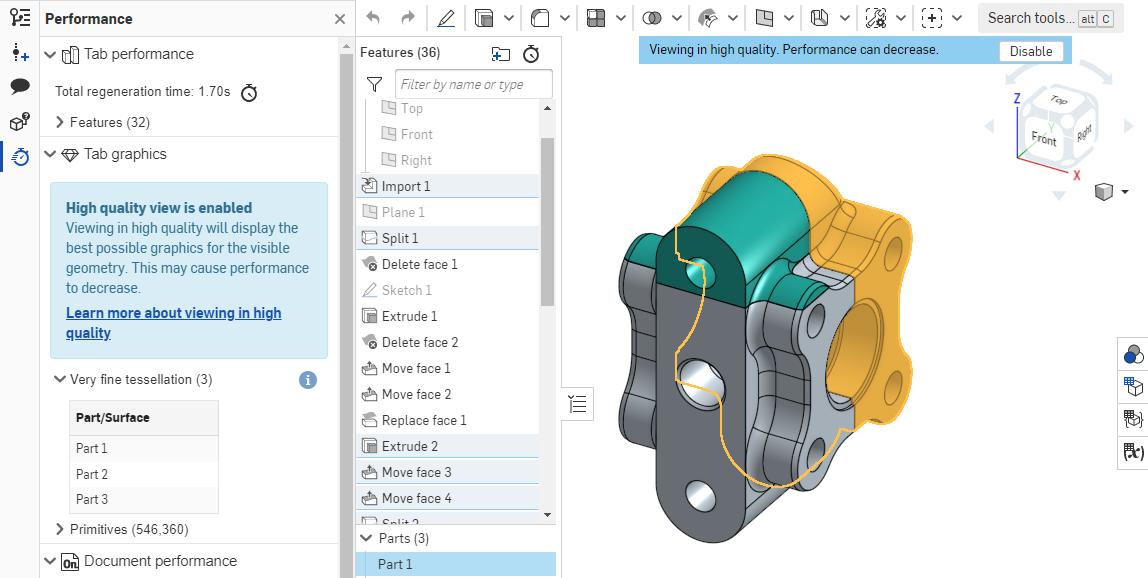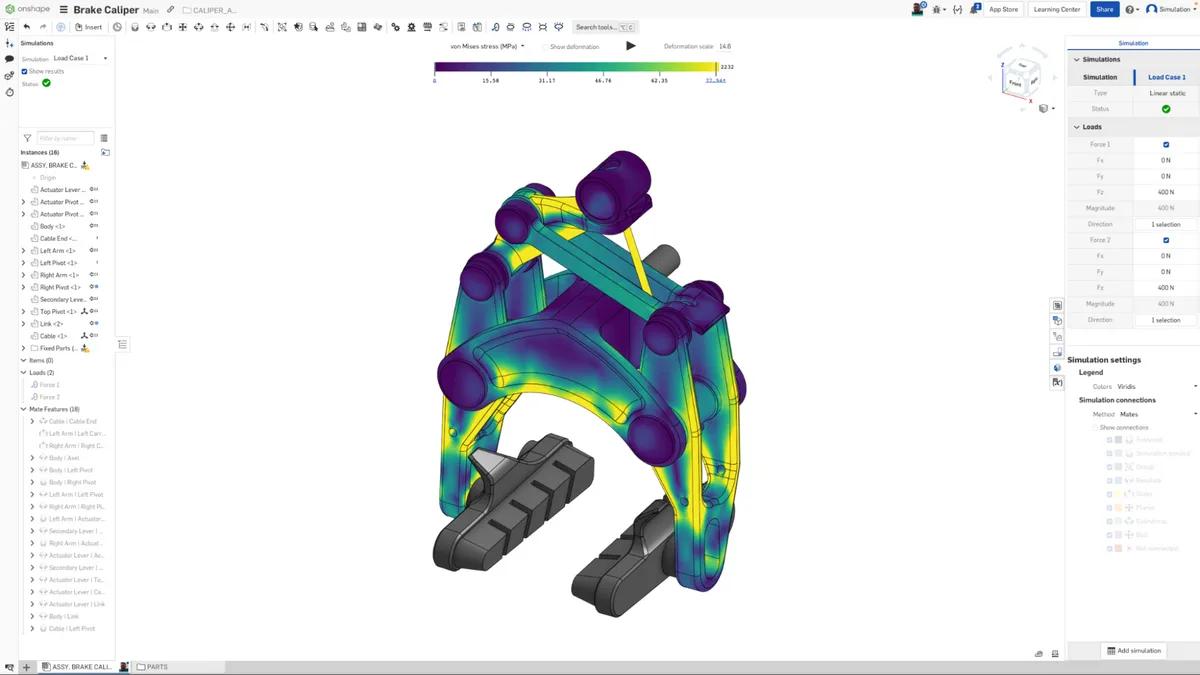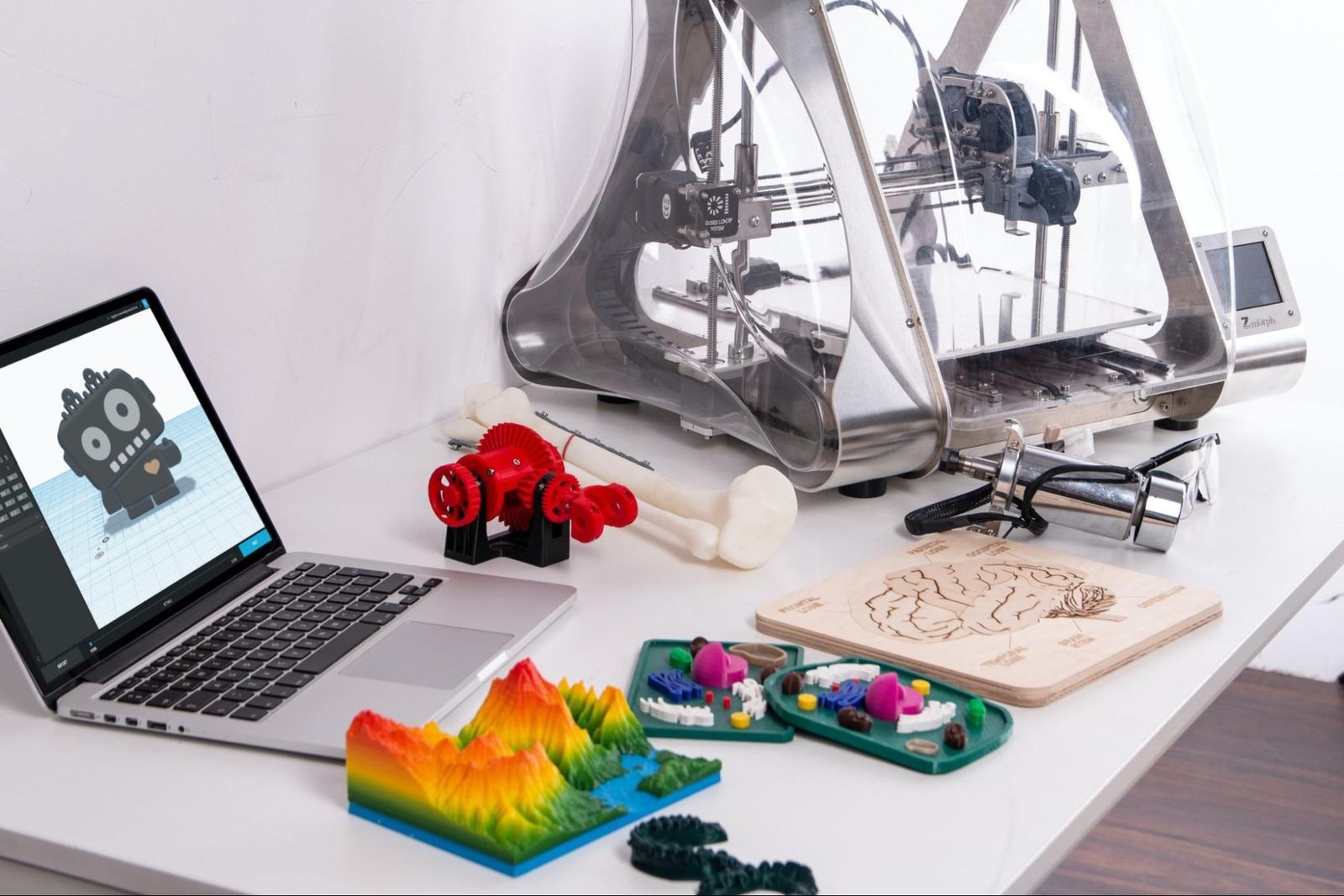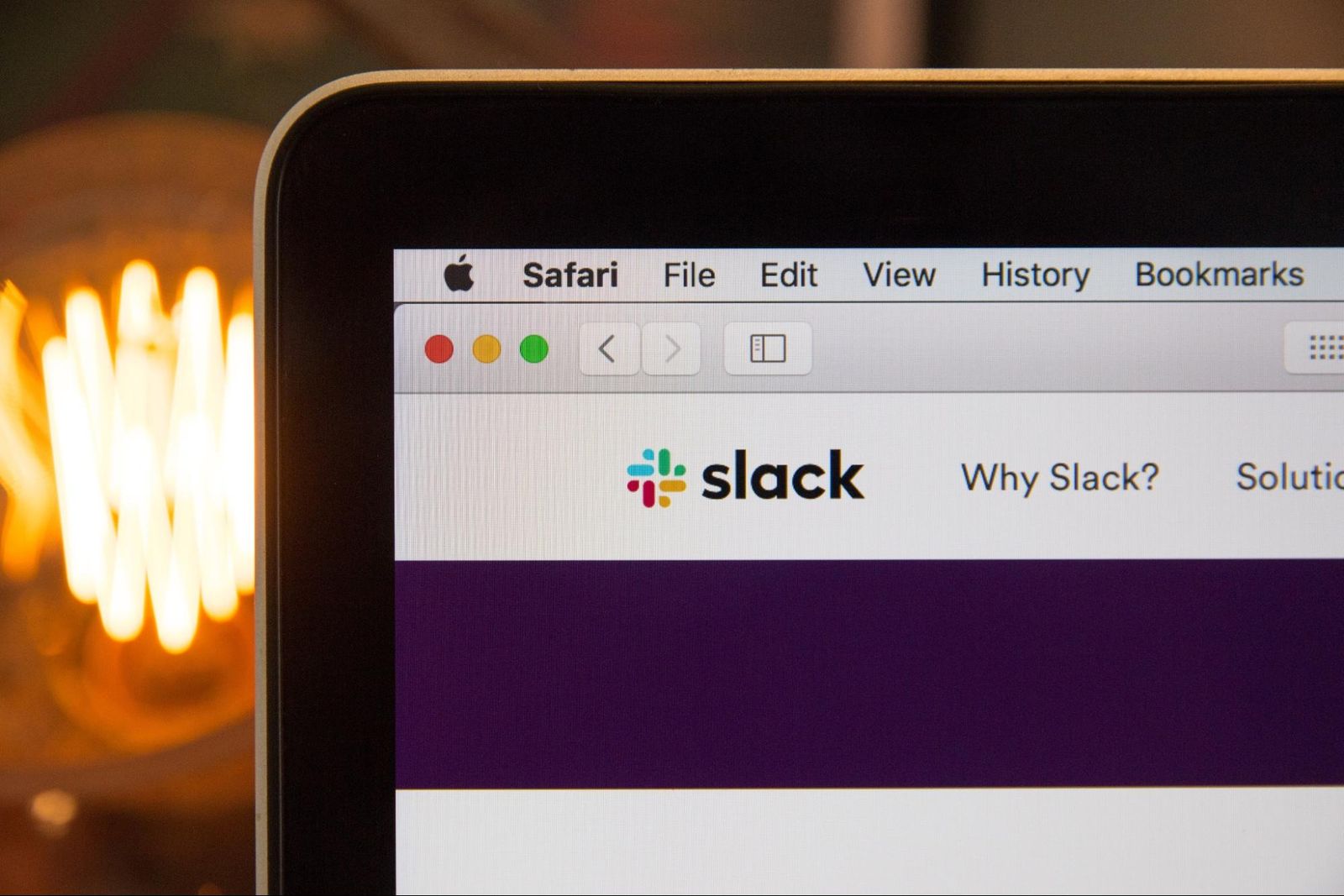
4:57
The eon we currently inhabit – dubbed by some as the Anthropocene Epoch – is characterized by human-driven change. Anthropocene finds its roots in the Greek words “anthropo,” meaning “man,” and “cene,” signifying “new.” This etymological nugget encapsulates our species’ innate habit to create.
Engineering, which has existed since the dawn of mankind, is a testament to this habit. From the pyramids in Egypt to the Great Wall of China, humans have found new ways to create even when presented with the limitations of our physical bodies. We have introduced complex mechanics to this world that do far more than what we would be capable of otherwise.
Biomedical engineering has led to prosthetics, artificial organs, and advanced diagnostic machines, making healthcare more accessible across economic backgrounds. Agricultural and food engineering has increased food production, feeding more mouths across the world. Civil engineers have improved our water availability and sanitation with modern sewage systems. We now have startups researching seaweed’s role in helping to reverse climate change.
Of course, the fundamental and prehistoric tools of engineering, such as the compass and the square, maintain their symbolic meanings. Yet, these tools have now more modernly taken on a digital shape to continue transforming the physical. Now, we have CAD for machine design and beyond, FEA for simulation, and so much more.
Here, we discuss the six essential tools and software that mechanical engineers will likely use on a daily basis.
1. Computer-Aided Design (CAD) Software

CAD is the most essential of the bunch: Computer-aided design (CAD) solutions are the industry standard for product design and offer development software for parametric modeling, simulation and analysis, and product documentation. CAD software is used as a method to create 2D drawings and 3D models of the products we want to create in the real world before being manufactured.
Besides having a rounded understanding of science, physics, materials, and mathematics, engineers need to be experts in working with CAD software to develop their design projects.
Plus, mastering cloud-native CAD eliminates the need for paper drawings and the fuss of traditional product data management (PDM) software. Cloud-native CAD, such as Onshape, enables engineers to collaborate with ease regardless of location and distance – all made possible with new-era PDM software built into the platform.
2. Finite Element Analysis Software (FEA)

Finite Element Analysis Software (FEA) is a computerized method for predicting how a product will function under real-world circumstances such as force, vibration, or heat. Essentially, this software predicts what will ensue when the product is physically used over a selected period of time.
Some CAD platforms have this feature built-in, such as Onshape Simulation, which is available in Professional and Enterprise plans. With a seamless connection between CAD and FEA features, engineers can examine structural analysis to understand how the product will hold up through the habitual wear and tear of the physical world.
Onshape also has simple integrations with simulation apps that offer a variety of other simulation solutions.
3. 3D Printing

Engineers commonly use 3D printing to prototype their designs under low-risk circumstances. The premier 3D printer originated in 1981 with Dr. Hideo Kodama, who invented a rapid prototyping machine that produced parts layer by layer of resin polymerized by UV light.
The landscape of the 3D printing industry has changed swiftly over the years, even now enabling the printing of tools aboard the International Space Station in space itself. With 3D printing, engineers can produce prototypes of their designs, address constraints, and find solutions in a matter of moments.
(Find out if your CAD software is the best choice for 3D printing.)
4. Jira Software
Meet Jira Work Management: An engineer’s dream in the scope of project management. In a place where professionals originate from a multitude of fields – marketing, operations, sales, human resources, finance, legal, and design – having a way to organize and arrange business projects is an integral part of streamlining efforts.
Designed under the Australian software company, Atlassian, Jira provides a hub where each project can take shape and be meticulously tracked to its full fruition. With an automated workflow, engineers can make the most of their time designing.
As Jon Hirschtick said, companies in the past had “one super expensive computer surrounded by a lot of ‘cheap engineers.’” Now, a company’s investment is in its engineers, and prioritizing their work is far more important.
5. Slack

Slack is the modern business form of texting. The platform provides a way for employees to communicate in an organized manner, without the fuss and confusion of email chains. Perhaps this is the moment to reminisce on the overwhelming email storms of the past: In 2018, someone sent 25,000 Utah state workers an invitation to what was supposed to be an intimate potluck, which prompted recipients to reply all, creating an endless loop of chaos.
Be gone, email flurries! Working for a large corporation as an engineer will certainly require you to download Slack, or something similar, so it’s best to acquaint yourself with the platform sooner rather than later.
6. Coffee

Are we promoting excess caffeine intake? OK, no, perhaps “appreciating” is a more appropriate description. Yes, we appreciate a good cup of coffee here at Onshape. While coffee may not be the first essential engineering tool that pops into your mind, it’s certainly not the least effective.
One CAD to Rule Them All
Investing in a cloud-native CAD (aka, Onshape) makes engineers far more efficient at their jobs. Onshape incorporates many functions businesses need to succeed, be it Render Studio for marketing purposes or communication tools within the platform enabling simultaneous work.
With Onshape, all design data is up-to-date and makes collaboration easier than ever. Therefore, more and more companies are making the switch, meaning engineers need to as well. Indeed, CAD has transformed the engineering design process and continues to make it easier, more accurate, and more fun to use.
Try Onshape Today
Head to our sign-up page to choose the right CAD plan for you and your team.
Latest Content

- Case Study
- Automotive & Transportation
Zero Crashes, Limitless Collaboration, One Connected Workflow With Cloud-Native Onshape
12.04.2025 learn more
- Blog
- Aviation, Aerospace & Defense
- Branching & Merging
- Custom Features
- Learning Center
- Onshape Government
Why Aerospace & Defense Teams Choose Onshape for Product Development
12.18.2025 learn more
- Blog
- Evaluating Onshape
Cloud-Native CAD 2025 Wins: Revenue Growth, Real-Time Collaboration, Unified CAD-CAM
12.17.2025 learn more
- Blog
- Becoming an Expert
- Assemblies
- Simulation
Mastering Kinematics: A Deeper Dive into Onshape Assemblies, Mates, and Simulation
12.11.2025 learn more



